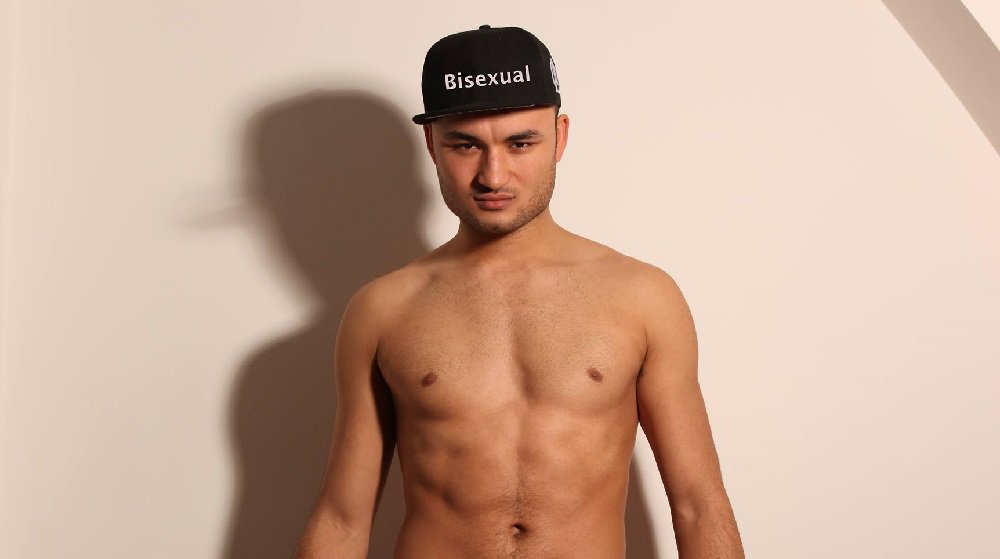‘It’s time sexual health workers recognised the difference between gay and bisexual men’
By Will Stroude

Last week I went for an STI test (all clear, thank you for asking). Since I’m now in a committed relationship I don’t plan on going back anytime soon, so took the opportunity to ask the nurse if she could recommend anywhere I could find information specifically on bisexual men’s health.
She couldn’t.
This is nothing new: In both health and LGBT organisations, bisexual and gay men are often looked at under the same microscope. However other than having sex with men, we don’t actually have that much in common. If those trusted to safeguard our sexual health can’t tell the difference between the two what issues are they missing? I can’t speak for all bisexual men but personally I am religious about using condoms with men; however when I have sex with women, the condom is more optional. I’m not saying that’s a good thing, I’m saying that’s just one area being overlooked by classing gay and bisexual men in the same category when it comes to assessing our sexual health.
In the UK we should never forget how lucky we are that LGBT issues are assessed by healthcare professionals but maybe it’s time we focus more specifically on each subgroups specific needs rather than viewing us all as one whole, especially bisexuals. The latest figures from YouGov suggesting that while 6% of 18 to 24-year olds identify as completely homosexual, 43% don’t identify as entirely gay or straight. That means almost half of young people have some degree of bisexuality. With that in mind isn’t it only necessary that gay and bisexual men be looked at separately?
For example, In February, this year The Centre for Disease Control and Prevention (CDC) reported that HIV rates continue to soar among young gay and bisexual men. With diagnoses, up from 7,200 to 9,700 – about 35 percent. Whilst this is important to recognise, would it not be more effective to look at gay and bisexual men separately? Gay men only have sex with men, bisexual men have sex with both men and women. Surely this impacts how likely I am to contract HIV? If we continue to look at gay and bisexual as the same are we not missing unique differences that could help in the fight to bring HIV figures down?

Similarly, last year research published in the Journal of Public Health found that gay and bisexual men under the age of 26 are six times more likely to attempt suicide or self-harm. Again, whilst gay and bisexual men deal with similar issues, they are also very unique from each other. Whilst gay men deal with homophobia, bisexual men can deal with discrimination from both outside AND inside the LGBT community. According to Equality Network research 66% of Bisexuals only feel “a little” or “not at all” part of a LGBT community. With many stating that biphobia and bi-erasure within their LGBT communities limited their full inclusion. If we continue to not see gay and bisexual as two different things when conducting research, we could be overlooking some unique solutions for both orientations.
It’s an issue we must look at to better tailor services for both gay and bisexual people. According to the Equality Network 25% of bisexuals were not usually comfortable sharing their sexual orientation when accessing LGBT-related services and 66% of bisexuals feel that they have to pass as straight and 42% as gay or lesbian when accessing services. The truth is bisexuality is the new normal and with more people than ever before choosing the person not the gender, health and LGBT organisations need to catch up and recognise that it’s time to assess our needs separately.
Lewis Oakley is a London-based journalist. Follow him on Twitter @lewyoaks
More stories:
World exclusive: ‘Beauty and the Beast’ to make Disney history with first gay character
Paul O’Grady recalls the horror of the AIDS crisis in brand new Attitude Heroes podcast
